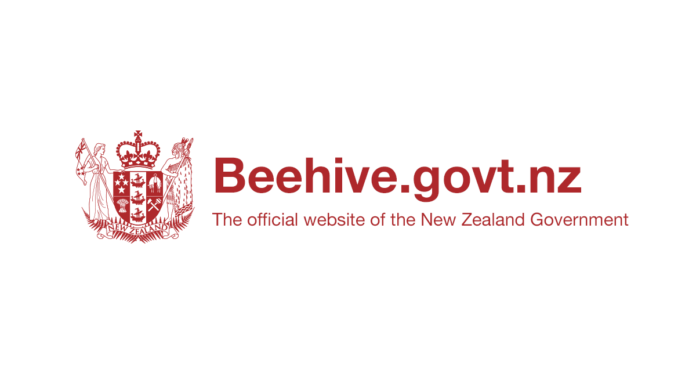Source: New Zealand Government
A new Jobs for Nature project which is protecting Aotearoa’s rarest mainland forest bird has discovered a small unknown population in a Canterbury valley, Conservation Minister Kiri Allan says.
Three kākāriki karaka, also known as orange-fronted parakeets, were found in the Hurunui North Branch in Lake Sumner (Hoka Kura) Forest Park. Before the recent sighting, the species has not been reported in the area since 2006.
“This is a significant find and a great sign for the future of the species, which has a threat ranking of ‘nationally critical’ with just 360 left in the wild.
“We don’t yet know whether these new birds have spread out from the kākāriki karaka stronghold in the nearby Hurunui South Branch, or are a new population that could add valuable genetic diversity to the population.
“The find shows a $5.1 million Jobs for Nature project, a joint effort between Ngāi Tahu and the Department of Conservation, is already making meaningful strides in the protection of this critically endangered taonga.”
The project will run for four years and employ up to 25 people. Recruitment is underway, and the workers are already out in the field.
“The work will increase the scope and scale of predator control in the biodiversity-rich mountain valleys the kākāriki call home, which will also benefit the other endangered species that live there like roroa (great spotted kiwi), mohua (yellowhead) and kea.
“It will also improve biosecurity and knowledge of the island population of kākāriki karaka on Ōruawairua/Blumine Island in the Marlborough Sounds and increase the capacity of the captive breeding programmes that are already running with partners such as the Isaac Conservation and Wildlife Trust.”
The project will increase Ngāi Tahu involvement and capability in managing threatened taonga species and strengthen the relationship between the iwi and DOC.
“It’s exciting that Ngāi Tahu will become more involved at all levels of management for this taonga species and will incorporate mātauranga Māori principles into the recovery programme.
“This is expected to be a long-term arrangement that will continue after the project funding ends.
“Kākāriki karaka are a vulnerable species that has only just held on, and they need all the help they can get.
“The species was thought to be extinct twice already, and this work aims to ensure it’s not put in that position for a third time,” Kiri Allan said.
This work is in addition to another Jobs for Nature project employing hiking guides impacted by the downturn of tourism due to COVID-19. The two projects combined will greatly enhance the protection of the kākāriki.
Background information
DOC works together in partnership with Ngāi Tahu to lead the kākāriki karaka recovery programme, which includes captive breeding and maintaining a pest-free island population in addition to the extensive pest control programme.
The Isaac Conservation and Wildlife Trust, Auckland Zoo, Orana Wildlife Park, Christchurch Helicopters and Canterbury University all provide crucial support for this programme.
Kākāriki karaka are a budgie-sized bird that has the highest threat ranking of “Threatened – Nationally Critical”. Their main threats are introduced predators and habitat loss, and they are especially at risk from rat and stoat plagues caused by beech mast.
Their wild population of about 360 birds is mostly found in the Hurunui South Branch of Lake Sumner (Hoka Kura) Forest Park and on Blumine Island/Oruawairua in the Marlborough Sounds. Smaller numbers are found in the Poulter and Hawdon valleys in Arthur’s Pass National Park.



